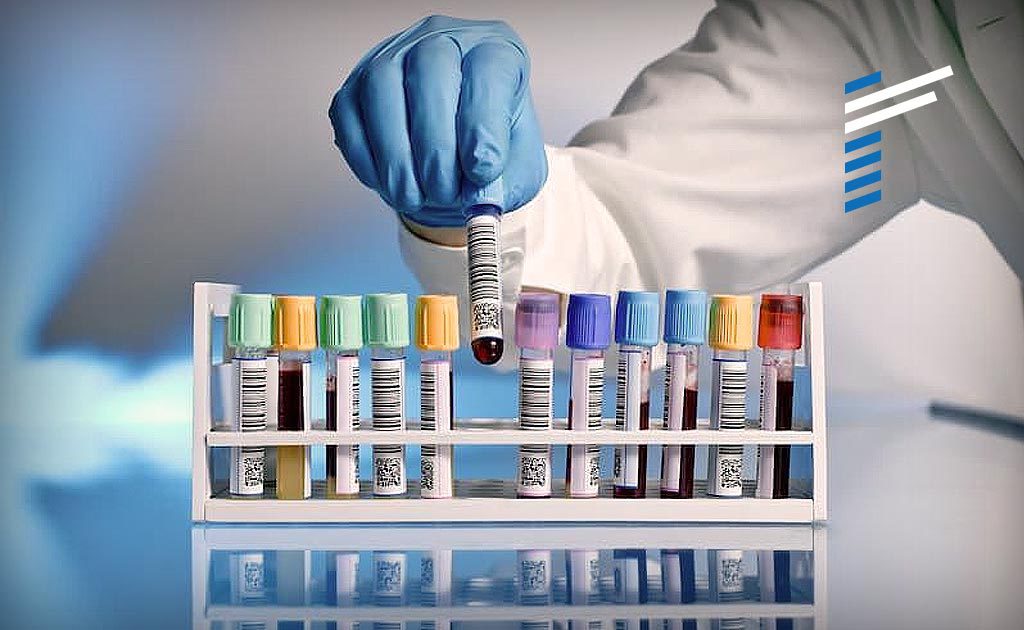INTRODUCTION
The Client is a leading healthcare provider Southeast Asia with hundreds of branches. Established in the 1970s, its services cover laboratory, specialty and panel testing and other diagnostic support.
THE CHALLENGE
The client’s Continuous Improvement function had identified opportunities within the Finance function to improve productivity, manage contracts better and improve payment collections. This would help to improve cash flow, supplier relationships and cost reductions.
Renoir had already partnered with the client for a previous successful assignment and were selected to provide support in realising these opportunities.
PROJECT APPROACH
An initial 1-week analysis of the Finance Department (Head Office, Regional Offices and Branches) validated and quantified the opportunities and provided better definition on how to implement the improvements. This resulted in a 14-week engagement with the client with the objectives of improving the entire contract creation-to-collections process, as well as improving the productivity of Finance staff.
The project kicked off with Renoir’s Focus Process® and was structured into 2 focus areas:
- Resource Optimisation: Focused on Productivity calculations for Head Office, Regional, and Branches, Span of Control Analysis, as well as Relocation Analysis for the Finance Department. This also included installing a Productivity Management Control System to be used by Human Capital.
- Contract Management and Payment Collection: Focused on improving creation of contracts, on time invoicing, active collections, and practice standardisation across the locations. Implementation started with the selection and training of a Taskforce, comprising six client staff, and supported by a full-time team of Renoir consultants.
Renoir trained and coached the Taskforce in its methodologies, including behavioural change techniques and strategies. In addition, Renoir oversaw the project to ensure the committed deliverables were achieved.
To achieve maximum impact and buy-in, a joint Client-Renoir team reviewed results of the individual workstreams during the weekly Management Action Team (MAT) meetings. Steering Committee meetings with senior client and Renoir management were also held on a fortnightly basis to provide direction, make key decisions, and ensure the project was on-track to deliver results. This approach allowed for a direct engagement with stakeholders, which in turn improved ownership and buy in from the wider client team.
IMPLEMENTATION
Renoir, together with each Management Action Team (MAT) and with the strong support of the Steering Committee, introduced several improvement initiatives for the two workstreams. These focused on assessing productivity and improving contract management, invoicing and payment collections.
Key activities for each of the workstreams were as follows:
- Productivity and Resource Optimisation
– Introduction of an Attendance Control System to systematically monitor effective hours worked
– Span-of-control analysis for the Finance Department Head Office and development of a new organisational structure proposal
– Productivity calculations for the Finance Department’s Head Office, seven regional offices, and eighty-two branches, along with the introduction of daily activity evaluations to assist managers in identifying further opportunities
– Relocation analysis of Finance Department Head Office
– Introduction of skills flexibility charts to identify and close skill gaps for managers and their employees - Contract Management and Payment Collection (AR Improvement)
– Creation of a Top 20 debtors working group to focus attention on 40% of outstanding debt and enforcing credit freezing for bad debtors
– Setting-up a contract review working group to identify improvement opportunities with respect to the wording of clauses and conditions
– Creating customers credit rating to identify good payers and bad payers. Joint initiatives from Marketing and Finance Department were encouraged to educate bad payers and turn them into be good payers.
– Implementation of Account Receivable Management Control Systems, covering daily and weekly operational KPIs, enforcing active collection calls, monitoring performance via a dashboard and installing review meetings in the Head Office, Regional Offices and Branches
I am very satisfied with this project, it has exceeded our expectations.”
President Director
KEY RESULTS
3.4:1
Return on Investment
28%
Improvement in collections within 2 months
14%
Reduction in days of sales outstanding (78 to 67 days within 2 months)
USD 0.3M
Annual financial productivity benefits
USD 0.25M
One-off financial savings identified based on Span of Control Analysis
CONCLUSION
The productivity calculations have allowed the client to clearly identify required productivity levels and associated savings, and the introduction of the Productivity System has helped to better plan staffing levels.
The Attendance Control System has provided clear visibility, including the ability to manage and limit potential misuse. The implementation of AR Management Control Systems along with supporting key initiatives has helped improve the collections processes.
As a result of enhanced working processes, accountabilities and data analytics, the client has boosted the effectiveness of its operational practices.










